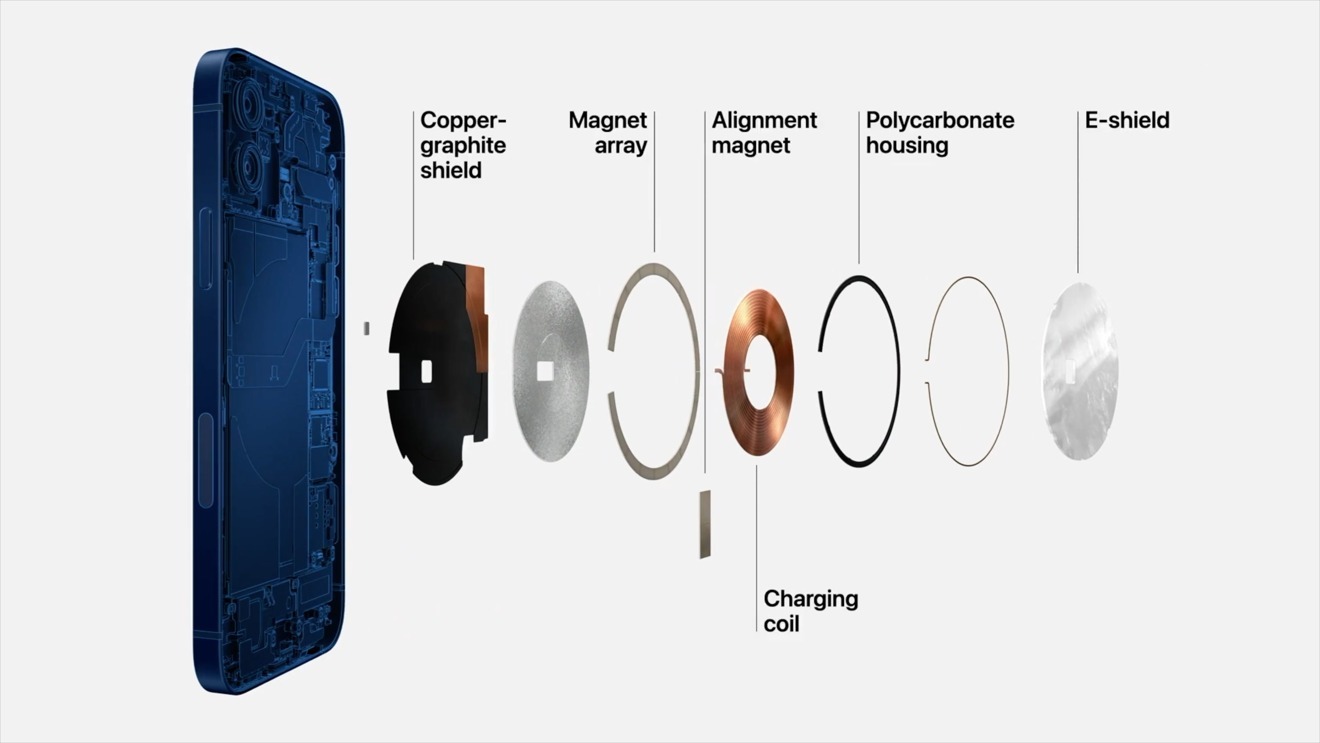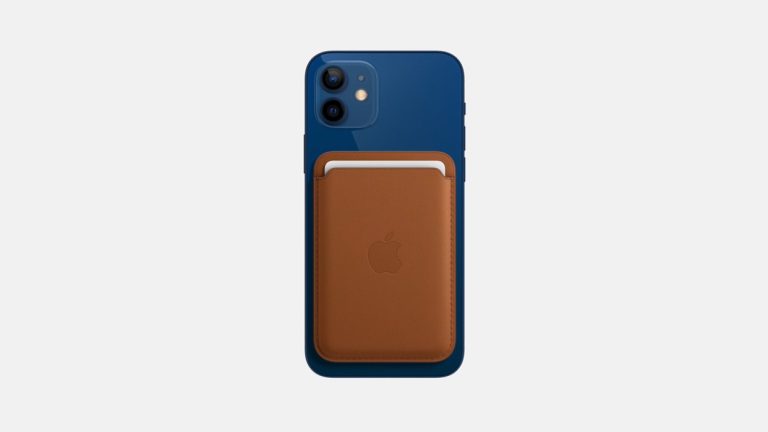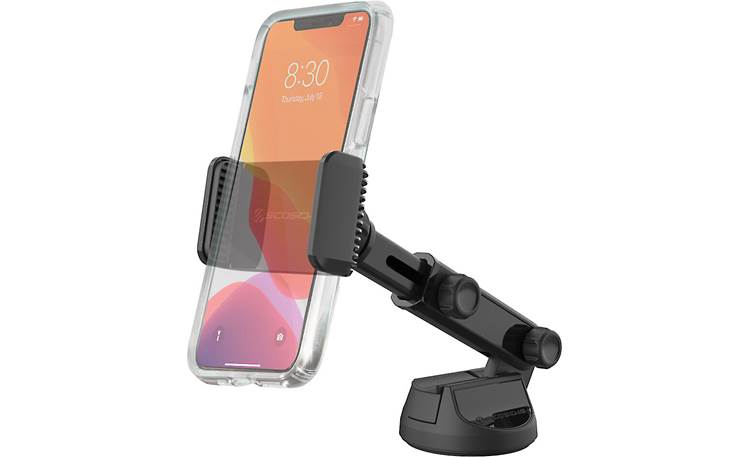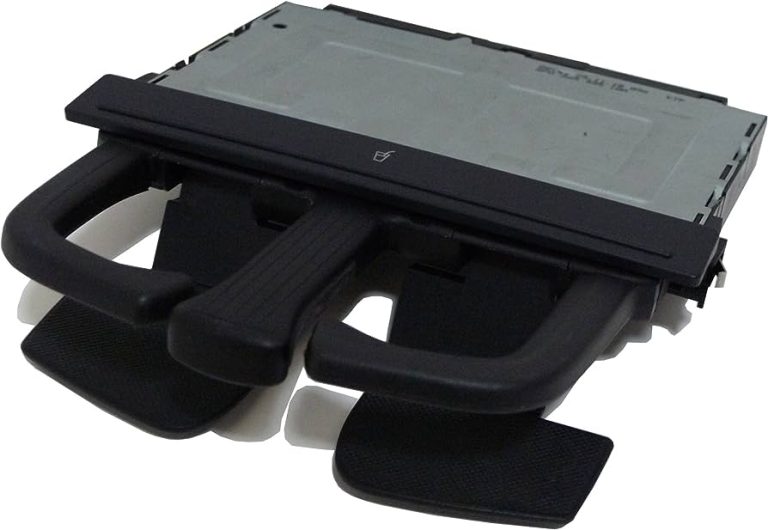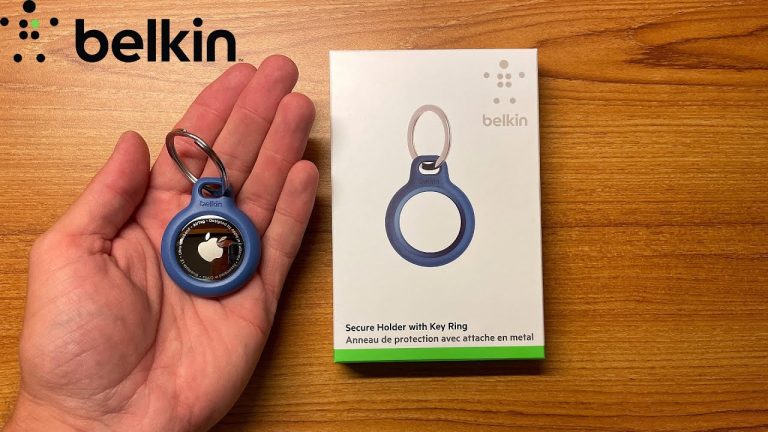Magsafe vs Qi: Comparing Wireless Charging Technologies for Mobile Devices
In a world where technology is constantly evolving, the quest for the perfect charging solution has become an ongoing battle. Two contenders emerge from the chaos of tangled cables and frustrating compatibility issues: MagSafe and Qi charging. The MagSafe charger, with its magnetic alignment and sleek design, promises a fast and secure charging experience tailored specifically for Apple products. On the other hand, the USB-C Lightning cable boasts lightning-fast speeds, while Qi charging offers a more universal solution embraced by various smartphone manufacturers. Join us as we dive into the world of MagSafe versus Qi, and discover the pros and cons of each, ultimately helping you find the perfect charging companion for your needs.
magsafe vs qi
The MagSafe charger and Qi charging method are two popular options for wirelessly charging devices. While both have their advantages and disadvantages, the MagSafe charger offers faster charging speeds and a more secure magnetic attachment and alignment compared to Qi chargers. Additionally, MagSafe eliminates the need for precise placement, making it easier to charge your device. However, it is important to note that MagSafe is limited to Apple products, while Qi is a standard used by other smartphone manufacturers. Ultimately, the choice between MagSafe and Qi will depend on your specific needs and device compatibility.
Key Points:
- MagSafe charger offers faster charging speeds and a more secure magnetic attachment than Qi chargers
- MagSafe eliminates the need for precise placement, making it easier to charge your device
- MagSafe is limited to Apple products, while Qi is a standard used by other smartphone manufacturers
- Optimal alignment is important for wireless charging efficiency
- MagSafe chargers automatically align with the device and the MagSafe Duo can charge two devices simultaneously
- Removing case can help with wireless charging and interference from objects like a MagSafe card holder can damage the device.
Sources
https://appleinsider.com/articles/21/01/01/qi-and-magsafe—everything-an-iphone-user-needs-to-know-about-wireless-charging
https://appleinsider.com/articles/21/12/16/tested-magsafe-charging-speed-versus-qi-usb-c-and-usb-a
https://appleinsider.com/articles/21/01/08/dont-let-third-parties-confuse-you-about-apples-magsafe
https://www.vegerpower.com/blogs/news/magsafe-vs-qi-wireless-charging-technology-what-s-the-difference
Check this out:
💡 Pro Tips:
1. When using a MagSafe charger, it is important to avoid placing objects like a MagSafe card holder or other magnetic accessories between the charger and your iPhone as they can interfere with the charging process and potentially damage your device.
2. If you’re experiencing slower wireless charging speeds with your iPhone 12 Pro, try removing the case before placing it on the wireless charging pad. Some cases, especially thicker or bulky ones, can hinder the efficiency of wireless charging.
3. Be aware that your iPhone may get warm during prolonged charging sessions. This is normal, but if the battery temperature becomes too high, a safety mechanism will limit the charging beyond 80% to prevent any potential damage.
4. Keep in mind that you cannot use wired and wireless charging simultaneously on your iPhone 12 Pro. If you connect your iPhone to a charger via the USB-C Lightning cable, it will disable the wireless charging feature.
5. While MagSafe offers faster charging speeds up to 15W, it’s important to note that it is a proprietary technology limited to Apple products. On the other hand, Qi is a standard wireless charging technology used by various smartphone manufacturers, allowing for compatibility across different devices.
Comparing Charging Speeds: USB-C Vs MagSafe Vs Qi
When it comes to wireless charging, there are multiple options available in the market. Two of the most prominent technologies are MagSafe and Qi. To truly understand their capabilities, we conducted a series of tests using an iPhone 12 Pro with no case. We compared the charging speeds of various methods, including USB-C, Qi wireless charger, USB-A, and MagSafe.
We tested the following charging variations: 5W USB-A charger, 7.5W wireless charger, MagSafe, and 20W USB-C. Surprisingly, the USB-C Lightning cable proved to be the fastest option, charging the iPhone 12 Pro to 100% in the shortest amount of time. MagSafe came in second, following Apple’s claim of fast charging to at least 50% in just 30 minutes. The Qi charger trailed behind, and the 5W charger proved to be the slowest option.
The Benefits Of MagSafe Over Qi Charging
One of the standout advantages of MagSafe over Qi charging is its ability to eliminate the need for precise alignment. Traditional Qi chargers require you to place your device precisely on a specific spot for optimal charging. However, with MagSafe, the magnetic attachment ensures a secure connection and alignment without the need for meticulous placement. This feature not only offers convenience but also saves time.
MagSafe also provides a more secure magnetic attachment and alignment compared to Qi chargers. The magnetic connection helps prevent accidental disconnections, ensuring a consistent and uninterrupted charging experience. This convenience is especially useful when you want to charge your device while using it or if you frequently move your device between different charging locations.
The Limitations Of MagSafe Compared To Qi Charging
While MagSafe presents several advantages, it’s essential to acknowledge its limitations compared to Qi charging technology. The most significant limitation is that MagSafe is limited to Apple products. This restricts its usability to only those who own Apple devices. On the other hand, Qi is a standard used by various smartphone manufacturers, making it a more universally compatible option for wireless charging.
Additionally, MagSafe offers faster charging speeds, capable of delivering up to 15W of power. In contrast, Qi charging is limited to a maximum power output of 7.5W. This means that if you value faster charging times, MagSafe is the more suitable option.
Factors Affecting Wireless Charging Efficiency
When it comes to wireless charging, alignment plays a crucial role in charging efficiency. For Qi chargers, optimal alignment is essential for charging your device efficiently. However, with MagSafe chargers, the alignment is automatic, thanks to the magnetic connection. This feature helps ensure a consistent and efficient charging experience without the need for manual adjustments.
It is worth noting that the presence of interfering objects can impact wireless charging efficiency. For example, placing a MagSafe card holder between the charger and the device can lead to interference, potentially damaging the device. To maximize wireless charging efficiency, it is recommended to remove any interfering objects and ensure proper alignment between the charger and the device.
Safety Precautions For Wireless Charging: Overheating And Interference Risks
During wireless charging, it is not uncommon for an iPhone to become warm. Apple has implemented safety mechanisms to protect the device in such situations. If the battery temperature exceeds a certain threshold, the charging is limited beyond 80% to prevent excessive heat build-up. This safety precaution helps protect the integrity of the device and ensures a more extended battery life.
Another safety consideration is the risk of interference from external objects. As mentioned earlier, interfering objects, such as a MagSafe card holder, can disrupt the charging process and potentially damage the device. It is crucial to be mindful of these risks and prioritize wireless charging in environments free from interfering objects.
In conclusion, MagSafe and Qi are both efficient wireless charging technologies with their own set of advantages and limitations. MagSafe offers the convenience of automatic alignment, faster charging speeds, and a secure magnetic attachment. However, it is limited to Apple devices. Qi charging, on the other hand, is a widely adopted standard by various smartphone manufacturers, providing compatibility across different devices. With proper alignment and precautions against interference, both technologies offer a reliable and convenient method for wireless charging mobile devices.

